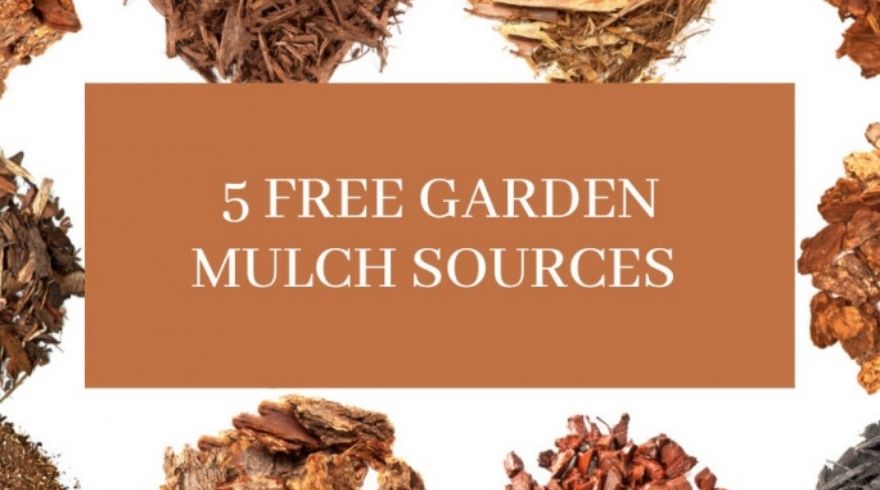Get plant information, gardening solutions, design inspiration and more in our daily newsletter.
SIGN UP
Garden Basics
Landscaping
Plants & Flowers
Get more design inspiration and gardening solutions
Get timeless advice and easy solutions to improve your garden in our daily newsletter
SIGN UP














